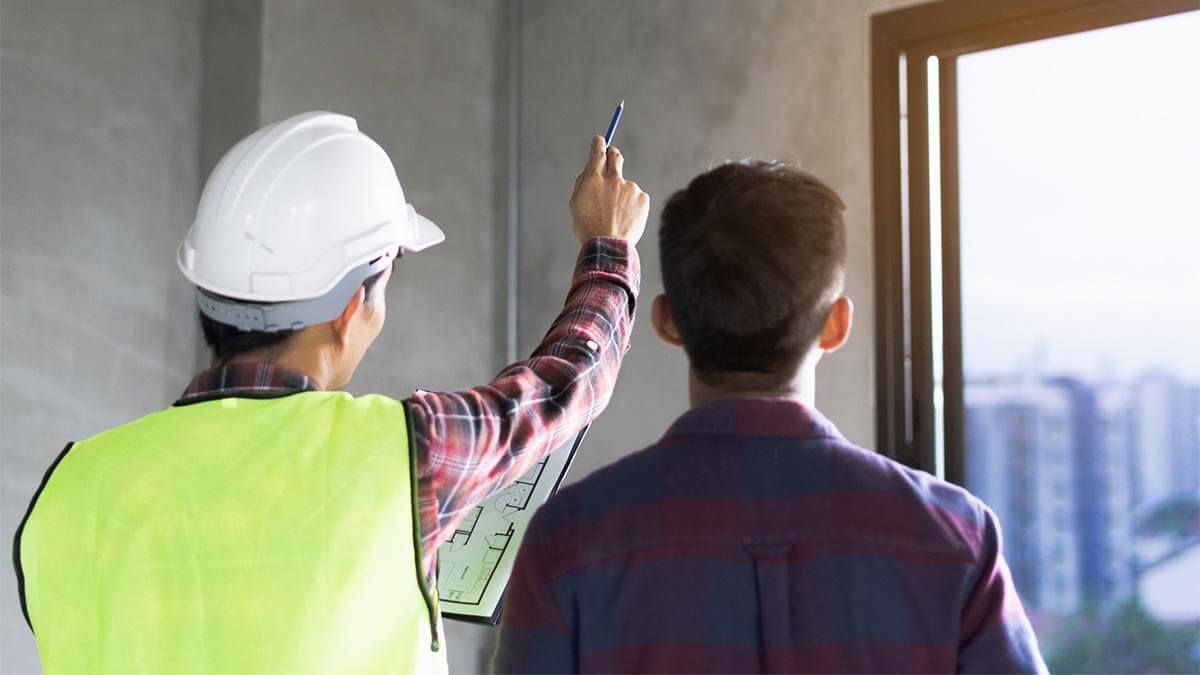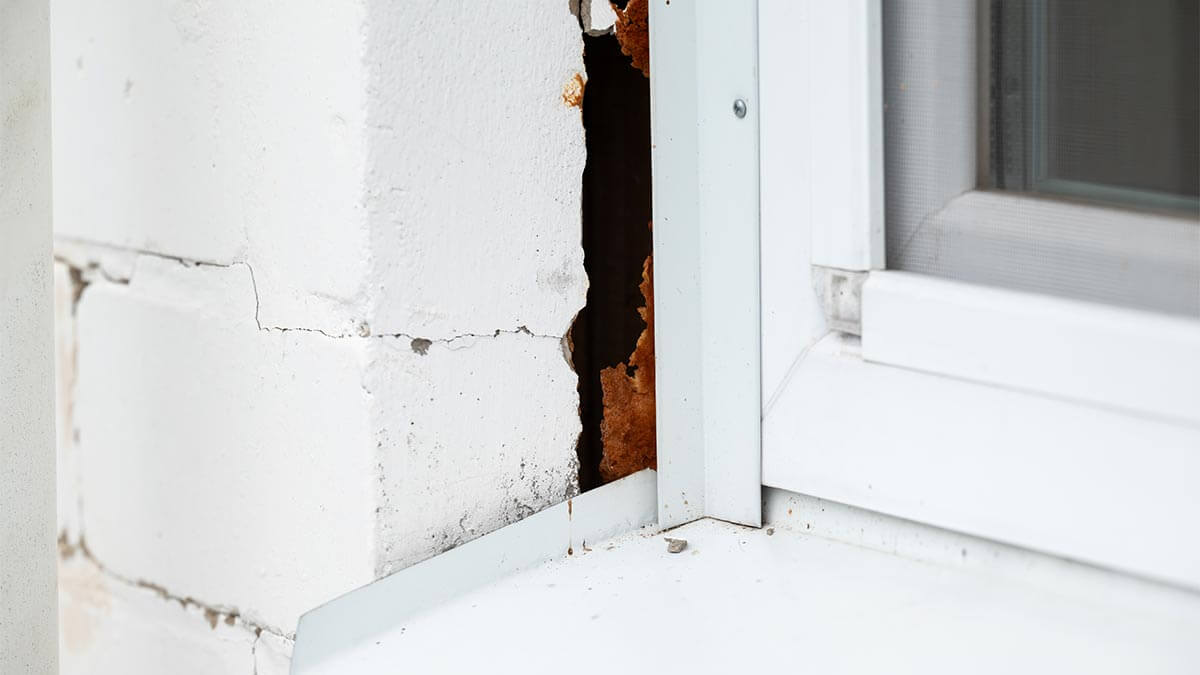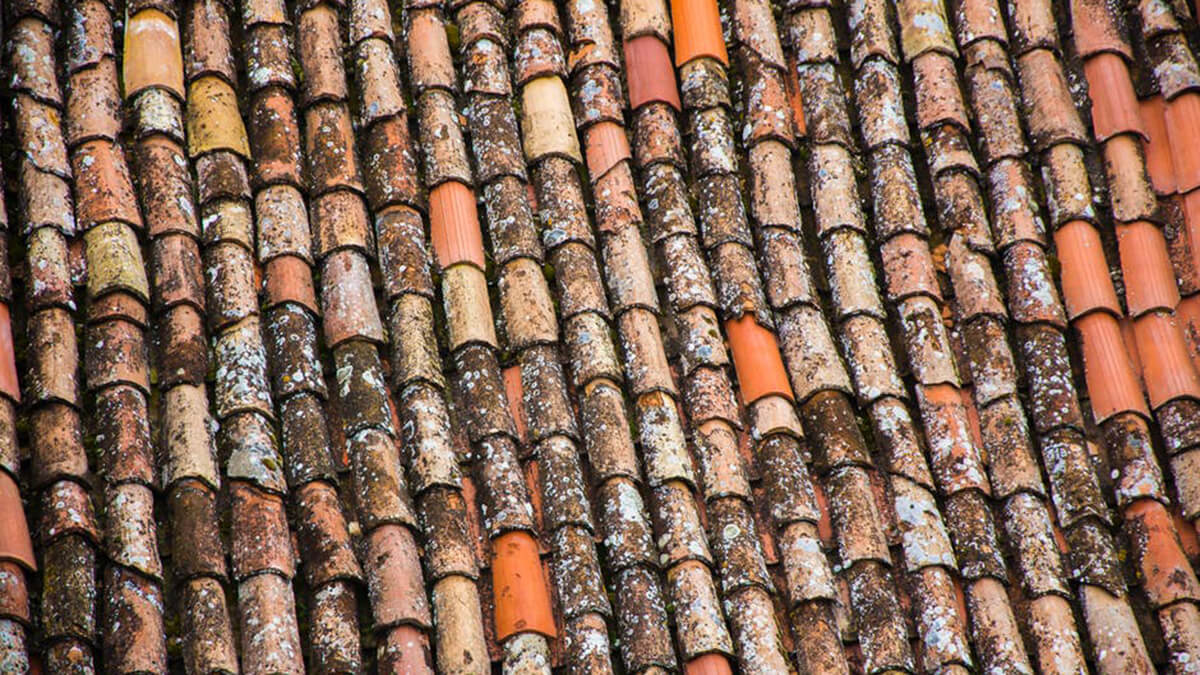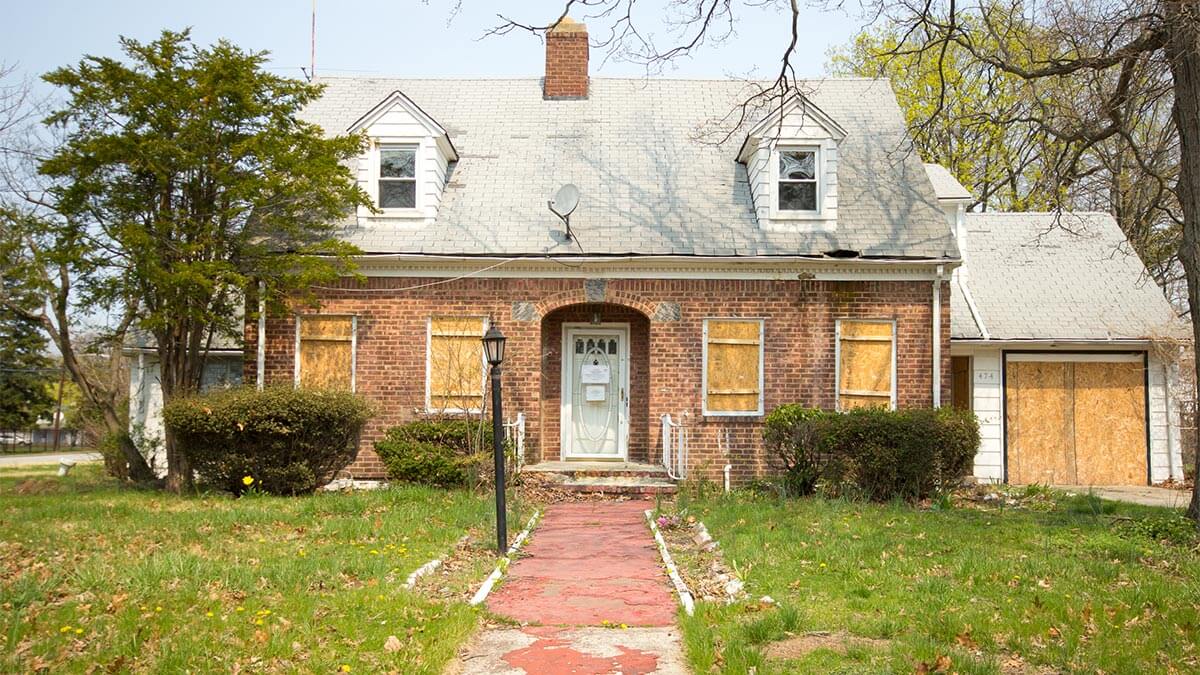As a homeowner in the thick of the selling process, you’re faced with a barrage of decisions, each carrying its weight in gold. Amidst this whirlwind, a pressing question often emerges, clouded by the chaos of transactional details: what are home inspectors not allowed to do? This query is a significant concern that can impact your home selling journey.
Misconceptions and a lack of clear guidelines can lead to misunderstandings, potentially derailing your sale or causing unforeseen complications. Read on while we demystify these boundaries while offering clarity and direction in a landscape where knowing the limits of a home inspection is as crucial as the inspection itself.
Compare Cash Offers from Top Home Buyers. Delivered by Your Local iBuyer Certified Specialist.
One Expert, Multiple Offers, No Obligation.
Ethical Restrictions in Home Inspections
The ethical restrictions placed on home inspectors are essential guidelines that ensure the home inspection process remains fair, unbiased, and trustworthy. By understanding these limitations, homeowners and buyers can have confidence in the home inspection process, knowing that the findings are based on the property’s actual condition, free from any conflicting interests or ulterior motives.
The Fine Line of Repairs and Referrals
When it comes to home inspections, the integrity of the inspector plays a pivotal role. A fundamental rule that every inspector must adhere to is avoiding any conflict of interest.
This means that if a home inspector identifies a defect during the inspection, they are prohibited from offering to repair it themselves. This rule is a strict guideline that ensures the inspector’s objectivity is never compromised.
Consider a scenario where an inspector finds a faulty electrical wiring issue. If they were to offer repair services for this problem, it could raise questions about their impartiality.
Did they exaggerate the issue to gain extra work? This doubt can erode trust, which is crucial in the home inspection process.
Similarly, inspectors are also barred from referring such repair work to a company they own or have a stake in. This separation is vital to maintain the unbiased nature of the home inspection. It ensures that the findings are based solely on the property’s condition, not on potential financial gain.
Renovation Restrictions on Previously Inspected Properties
Moving to renovations, home inspectors face another strict limitation. They cannot perform renovation work on properties they have previously inspected.
This rule is not just an ethical guideline but often a legal one. The reasoning behind this is straightforward yet crucial. If home inspectors were allowed to renovate homes they have previously inspected, it could lead to a significant conflict of interest.
Imagine an inspector who conducts an inspection and finds several issues that need fixing. If they could then turn around and offer to do these renovations, it might lead to a situation where defects are overemphasized to secure renovation contracts. Such practices would not only be unethical but could also lead to legal ramifications.
Steering Clear of Service Recommendations
The realm of ethical restrictions also extends to the recommendations inspectors can give regarding repair services. Home inspectors are expected to provide a thorough and unbiased report of the property’s condition, but they are not to recommend specific repair services or companies. This guideline is crucial to maintain the impartiality of the inspection process.
For example, if an inspector identifies an issue with the property’s roofing, they should report this finding without suggesting a specific roofing company for repairs. Recommending a particular service could imply a partnership or benefit from the referral, which could question the inspector’s neutrality.
Safety and Legal Limitations in Home Inspections
Some limitations placed on home inspectors are crucial for ensuring the well-being of the inspectors, the integrity of the property, and the reliability of the inspection process. By adhering to these guidelines, inspectors provide valuable, accurate, and safe assessments of properties.
Navigating Safety Hazards During Inspections
Safety is a top priority in the world of home inspections. Inspectors are trained to identify potential safety hazards, but they also have a responsibility to avoid inspecting areas that pose immediate risks.
This means that if an inspector encounters an unsafe situation (say, a compromised structure or exposed electrical wiring) they are instructed not to proceed with the inspection in that specific area.
For instance, if an inspector finds a staircase that is visibly unstable or a deck that looks like it could collapse, they should not risk injury by attempting to inspect these areas. This approach ensures the safety of the inspector and maintains the integrity of the inspection process.
Instead of taking risks, inspectors are expected to note these hazards in their report and advise further assessment by a qualified professional who specializes in dealing with such risks.
Prohibition Against Causing Property Damage
Another critical aspect of a home inspector’s job is to avoid causing any damage to the property during their inspection. This rule is essential to maintain the trust between the homeowner and the inspector. Inspectors are expected to conduct their assessments without invasive or destructive methods.
For example, if an inspector needs to check a wall for potential water damage, they cannot simply cut into the wall to take a look inside. Doing so would not only damage the property but also overstep the boundaries of a standard home inspection.
Instead, inspectors use non-invasive tools and techniques, such as moisture meters, to assess the condition without causing damage.
Destructive Testing: A Clear No-No
Closely related to avoiding property damage, inspectors are also restricted from performing destructive testing. Destructive testing involves intentionally damaging a part of the property to understand its condition or to test its strength. However, this type of testing is not within the scope of a standard home inspection.
Imagine an inspector trying to assess the strength of a floor by applying excessive force until it cracks or breaks. Not only is this approach inappropriate, but it also violates the ethical and professional standards set for home inspections.
Instead, inspectors focus on visual assessments and non-destructive testing methods to gather necessary information.
Ensuring Personal Safety
Finally, a home inspector must always consider their own safety and the safety of others during an inspection. This means avoiding any actions that could lead to injury.
Climbing on a severely damaged roof, inspecting a property during severe weather conditions, or entering an area with hazardous materials are all situations where an inspector must prioritize safety over completing the inspection.
For example, if an inspector arrives at a property and notices signs of a chemical spill or dangerous mold growth, they should not proceed with the inspection in those affected areas. Instead, they should report these conditions and recommend further evaluation by appropriate specialists.
Scope of Inspection Limitations
The scope of inspection limitations for home inspectors is designed to ensure that inspections are conducted safely, efficiently, and within the realms of the inspector’s expertise. By understanding these limitations, homeowners and buyers can better prepare for inspections and have realistic expectations about the process.
Addressing Non-Functional Systems
A key aspect of a home inspector’s role is to evaluate the condition and functionality of various systems within a residential property. However, when it comes to systems that have already been disclosed as non-functional, inspectors are not expected to assess them.
For instance, if a homeowner has previously stated that the central air conditioning system is not working, the inspector will not spend time trying to evaluate or diagnose the problem with this system. Instead, their focus remains on inspecting other parts of the home that are functional and within their scope of assessment.
This approach streamlines the inspection process and ensures that inspectors concentrate on areas where they can provide valuable insights.
Specialized Installations Require Specialized Skills
Home inspectors encounter a wide range of installations in residential properties, but their ability to inspect certain specialized systems depends on their qualifications.
For example, systems like swimming pools, solar panels, and advanced home automation systems require specific knowledge and skills to inspect properly. If an inspector does not have the necessary qualifications or expertise in these areas, they cannot conduct an assessment of these specialized installations.
This limitation is in place to ensure that inspections are accurate and reliable. Inspecting such complex systems without the right expertise could lead to incorrect assessments which can potentially mislead homeowners or buyers.
For specialized installations, it’s often recommended to engage a professional who has the appropriate skills and knowledge in that specific area.
What Are Home Inspectors Not Allowed To Do With Large Items?
During a home inspection, inspectors face certain physical limitations. Particularly when it comes to moving large items. Home inspectors are not permitted to move furniture, appliances, or other heavy objects to conduct their inspection.
This rule is in place for several reasons. Firstly, moving large items can pose a risk of injury to the inspector or damage to the property. Secondly, it is not the inspector’s responsibility to rearrange the homeowner’s belongings.
For example, if a large bookshelf is blocking access to a wall that needs to be inspected, the inspector cannot move it. In such cases, they might note in their report that the inspection of that particular area was limited or not possible due to obstruction.
Homeowners should be aware of this limitation and, if possible, make arrangements prior to the inspection to ensure that all areas of the home are accessible.
Restrictions on Providing Opinions and Predictions
The limitations placed on home inspectors in providing opinions and predictions are designed to keep the inspection process focused on the current condition of the property. This approach ensures that buyers and sellers receive objective and fact-based information, which is essential for making informed decisions in the home buying process.
Home Value and Market Analysis
A critical limitation for home inspectors is their inability to comment on a home’s market value. This restriction is crucial as it maintains the objectivity of the inspection process. Home inspectors are trained to assess the condition of a property, not to evaluate its market worth.
For example, if an inspector notices high-end finishes and appliances in a home, they are not to make assumptions or give opinions on how these features might affect the home’s value. Such assessments are the domain of real estate appraisers or agents, not inspectors. This distinction is important to keep the home buying process unbiased and fact-based.
Estimating the Life Expectancy of Systems
Another area where home inspectors must exercise restraint is in estimating the lifespan of home systems. It’s tempting for a buyer to ask how long a furnace or roof might last, but inspectors are not to provide these predictions. Their job is to report on the current condition of these systems.
For instance, an inspector can note the age and present state of a furnace but should not predict how many years it will continue to function. These assessments require specialized knowledge and often depend on various factors beyond the scope of a standard home inspection.
Compliance with Local Building Codes
When it comes to local building codes, home inspectors must tread carefully. They are skilled in identifying issues that might not align with these codes, but they cannot definitively state whether a property complies or not.
Inspectors can point out visible issues (like a missing handrail) which could be a code violation. However, they do not have the authority to conduct a full building code compliance inspection. This limitation is in place because building codes can be complex and vary greatly from one location to another.
Speculating on Insurability
Discussing the insurability of a property is also beyond the scope of a home inspector’s responsibilities. While they can identify issues that might affect insurability (like an old roof or outdated electrical wiring) they should not speculate on whether the property will be insurable or not.
Insurance companies have their own criteria and processes for determining insurability, which are separate from a home inspection.
Diagnosing Specific Causes of Problems
Finally, home inspectors are restricted from diagnosing the exact causes behind visible symptoms in a property. They are skilled in identifying issues like cracks in the foundation or water stains on ceilings, but determining the precise cause of these issues is not within their purview.
For example, while an inspector can note that a crack is present in the foundation, they cannot definitively state that it’s due to soil settlement without further investigation. Such specific diagnoses often require expertise from specialized professionals like structural engineers.
Communication and Reporting Limitations
The communication and reporting limitations set for home inspectors are essential to maintain the clarity and purpose of their role. By avoiding providing repair estimates and refraining from commenting on property design, inspectors ensure that their reports are objective, focused, and useful in assessing the physical condition of the property.
The Boundary of Providing Repair Estimates
One of the primary roles of a home inspector is to identify potential issues in a property. However, it’s crucial to understand that inspectors are not in the position to provide estimates for the repair or replacement of identified issues.
This is a significant limitation in their communication and reporting responsibilities. For instance, if an inspector discovers an aging roof or a malfunctioning HVAC system, their job is to report these findings, not to estimate how much it would cost to fix or replace them.
This limitation is in place for a good reason. Home inspectors are experts in identifying problems, but they might not have the current market rates for repairs or replacements. Providing inaccurate estimates can lead to misunderstandings and misinformed decisions. For accurate cost assessments, it’s advisable to consult with specialized contractors who can provide detailed quotes based on the specific conditions and requirements of the property.
Steering Clear of Design and Layout Opinions
When inspecting a property, home inspectors also face limitations in commenting on the property’s design and layout. While they are adept at assessing the condition and functionality of a house, they are not qualified to critique or give opinions on its design or aesthetic choices.
For example, a home inspector might note that a bedroom window doesn’t open, which is a functional issue. However, they should not comment on the window’s style or how well it fits with the room’s décor.
This restriction is important to keep the inspection process objective and focused on the practical aspects of the property. Home inspectors are trained to evaluate the safety and operational aspects of a house, not to judge its interior design or architectural style. Comments on design can be subjective and fall outside the scope of a standard home inspection.
Testing and Hazard Identification
While home inspectors are skilled at spotting potential environmental hazards, their ability to test for these hazards is limited. They play a crucial role in the initial identification process, but further testing by specialized professionals is necessary for confirmation.
This approach ensures that any concerns about environmental hazards are addressed thoroughly and accurately to safeguard the health and well-being of homeowners and residents.
Identifying Environmental Hazards
In the world of home inspections, identifying potential environmental hazards is a key area. But it’s also one fraught with limitations.
Home inspectors play a critical role in spotting signs of hazardous materials like radon, lead, asbestos, and mold. However, it’s important to note that they are not equipped to confirm the presence of these hazards without proper testing.
For example, if an inspector notices an older home with insulation that could potentially contain asbestos, they can point out this possibility. However, they cannot definitively say the material is asbestos without lab testing.
The same goes for radon. It’s a naturally occurring radioactive gas that can be harmful in high concentrations but requires specialized equipment to detect.
Inspectors can suggest that a home may be at risk for radon. Especially if it’s located in an area known for high radon levels, but actual testing is needed for confirmation.
Lead, commonly found in paint in older homes, and mold, which can be a health risk and is often found in damp areas, are other hazards that inspectors can suspect but cannot confirm without proper testing. In these cases, inspectors typically recommend further evaluation by professionals who specialize in these areas.
The Role of Inspectors in Hazard Identification
When it comes to identifying potential hazards, the role of a home inspector is to be observant and to inform. They are trained to recognize the signs and conditions that may indicate the presence of environmental hazards.
For instance, if they see discolored walls with a musty smell, they might suggest the possibility of mold. Similarly, peeling paint in an older home might prompt a warning about potential lead paint.
However, while inspectors can raise these concerns, it is not within their scope to provide a definitive analysis. They are the first step in hazard identification. They alert homeowners or potential buyers to the possibility of a problem, which can then be followed up with specialized testing.
The Importance of Specialized Testing
Why can’t home inspectors just do the testing themselves? The answer lies in the complexity and specialization required for accurate environmental hazard testing.
Each of these hazards (e.g. radon, lead, asbestos, and mold) requires specific methods and equipment for testing. Moreover, interpreting the results of these tests often requires specialized knowledge and certification.
For accurate and reliable results, these tests must be conducted by professionals who are specifically trained in these areas. This ensures that homeowners and buyers receive precise information about the presence of any hazardous materials in their homes. This allows them to make informed decisions about how to address these issues.
Your Path to a Hassle-Free Home Sale
The details about what are home inspectors not allowed to do reveal much about the home selling process. iBuyer.com plays a crucial role here. We offer a straightforward, no-nonsense approach to selling your home.
By providing an instant, accurate estimate of your home’s value and connecting you with potential buyers, we make the selling process simpler and more transparent.
Ready to discover the true value of your home and explore a stress-free selling option? Visit iBuyer.com today, where selling your home is transformed from a daunting task to an empowering experience.




